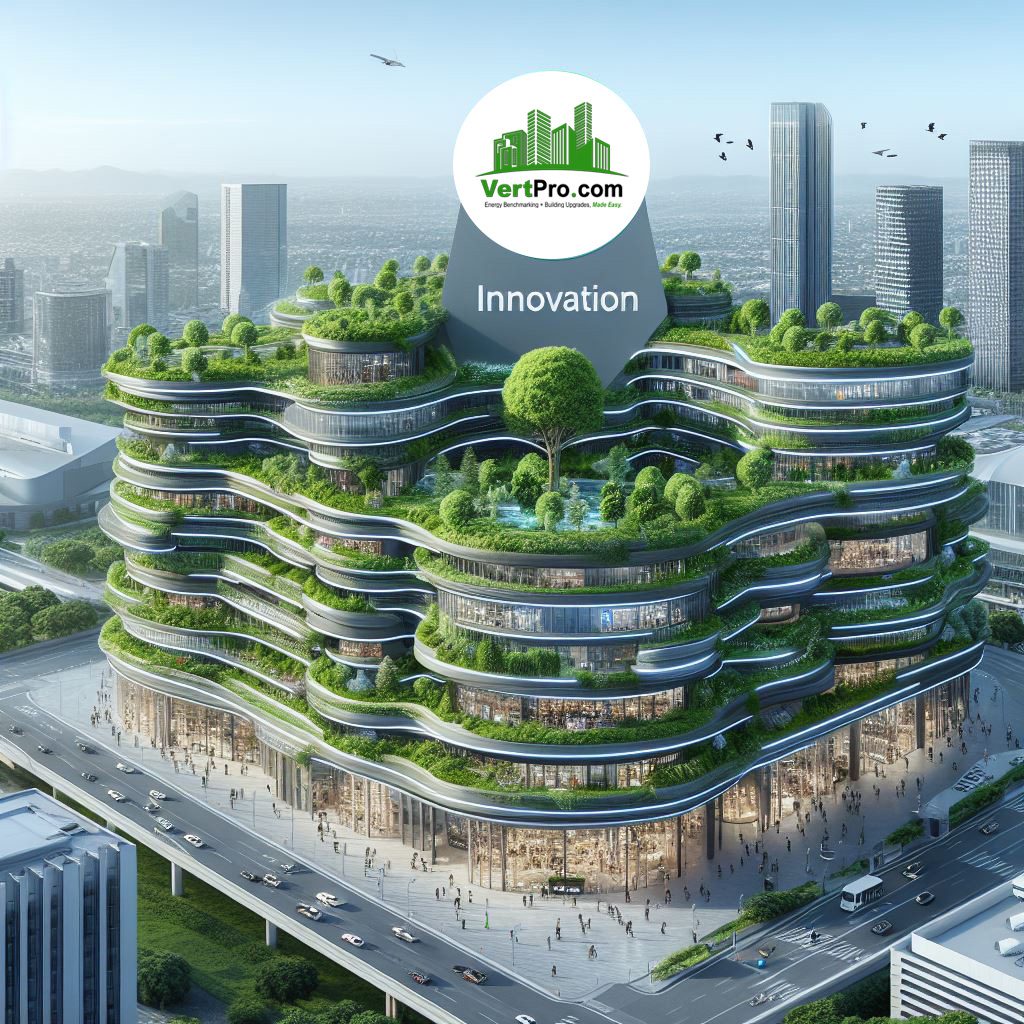For Small and Medium-sized Enterprises (SMEs), the need for efficient energy management and sustainable business practices is not just about environmental responsibility but also a strategic element of business success. EBEWE Benchmarking, or Energy Benchmarking Worldwide, provides a systematic approach for these businesses to gauge their energy usage, optimize energy management, and enhance their overall business performance. This comprehensive guide delves into the myriad benefits that EBEWE Benchmarking offers to SMEs, highlighting both direct and latent advantages.
I. Introduction
Brief Overview of EBEWE (Energy Benchmarking Worldwide) and Its Purpose
EBEWE Benchmarking is an initiative designed to standardize the measurement of energy efficiency across various industries globally. By creating a uniform framework, EBEWE allows businesses to compare their energy usage with that of their peers and set realistic benchmarks aimed at reducing energy consumption. This is particularly crucial as the world moves towards more sustainable energy solutions. More about the global impact of energy benchmarking can be found on the International Energy Agency website.
Relevance of EBEWE to Small and Medium-sized Enterprises (SMEs)
For SMEs, operational efficiency is often synonymous with survival. Given that energy costs can form a significant part of operational expenses, effective energy management is not just beneficial but essential. EBEWE Benchmarking empowers SMEs to identify inefficiencies and rectify them, leading to substantial cost savings and improved operational efficacy.
Overview of the Key Benefits to Be Discussed in the Blog
In the following sections, we will explore the tangible impacts of EBEWE Benchmarking on SMEs, covering everything from cost reductions and improved energy efficiency to enhanced market competitiveness and better investment opportunities.
II. Section 1: Understanding EBEWE Benchmarking
Explanation of EBEWE Benchmarking and Its Objectives
At its core, EBEWE Benchmarking aims to provide a clear and measurable framework for energy consumption that businesses across the globe can follow. The primary objective is to facilitate the identification of over-usage and under-usage patterns in energy consumption, allowing companies to optimize their energy use and reduce unnecessary wastage. Learn more about benchmarking objectives at Energy Star.
How the EBEWE Benchmarking Process Works
The benchmarking process involves several key steps—data collection, data analysis, comparison with standards or peers, and implementation of improvements. This systematic approach helps businesses not only understand their current energy usage but also set actionable goals for enhancement based on empirical data.
The Role of EBEWE Benchmarking in SMEs
For SMEs, the implementation of EBEWE Benchmarking can transform the standard operational procedures by integrating energy efficiency into everyday business decisions. This not only reduces costs but also aligns SMEs with global energy management standards, making them more competitive both locally and internationally.
III. Section 2: Direct Benefits of EBEWE Benchmarking for SMEs
Energy Efficiency Improvements
By understanding specific energy consumption patterns, SMEs can implement targeted changes, such as upgrading to more energy-efficient machinery, redesigning workflows to reduce energy waste, or adopting smarter building solutions. These improvements directly enhance the energy efficiency of the enterprise.
Cost Savings Through Energy Management
Reductions in energy consumption directly translate to lower utility costs. For many SMEs, these savings can be significant, freeing up resources that can be redirected towards other strategic investments, such as expanding production capacity or increasing marketing efforts.
Improved Competitiveness
Efficient energy management through EBEWE Benchmarking can serve as a key differentiator in the market. By operating more sustainably, SMEs can offer more competitive pricing or better quality services, thereby attracting a larger customer base.
IV. Section 3: Breaking Down the Hidden Benefits of EBEWE Benchmarking
Enhanced Business Reputation and Public Image
In today’s eco-conscious market, businesses that demonstrate a commitment to sustainability often enjoy a stronger public image. This enhanced reputation can lead to increased customer loyalty and can attract clientele who prioritize environmental responsibility in their purchasing decisions.
Increased Opportunities for Funding and Investments
Investors and financiers are increasingly looking to back companies that demonstrate commitment to sustainable practices. By adopting EBEWE Benchmarking, SMEs not only make themselves more attractive to traditional investors but also to green funds and sustainability-focused grants. Information on green financing options is available through resources like Global Environment Facility.
Attractiveness to Environmentally Conscious Customers and Partners
EBEWE Benchmarking aligns SMEs with the values of environmentally conscious stakeholders, including customers, partners, and even employees, who are increasingly looking for more than just financial performance when choosing companies to support.
Potential for Innovation and Market Leadership
Engaging in energy benchmarking encourages innovation by necessitating constant improvements and adaptations in business processes. This can lead SMEs to develop new, energy-efficient products or services, potentially capturing new markets and achieving market leadership.
V. Section 4: Implementing EBEWE Benchmarking in Your SME
Steps for Integrating EBEWE Benchmarking in Business Operations
Implementing EBEWE Benchmarking involves a strategic approach starting with the assessment of current energy use and following through with continuous monitoring and refinement of energy policies.
Possible Challenges and How to Overcome Them
Challenges like resource limitations, initial costs, and resistance to change are common. Overcoming these starts with education and engagement of all stakeholders followed by seeking expertise and possibly governmental or non-governmental support to implement necessary measures.
Resources for Further Learning and Assistance
For SMEs interested in adopting EBEWE Benchmarking, resources like [Department of Energy](https://www.energy.gov/eere/ssl/adopting-energy-efficiency-your-business) provide valuable information and practical guides.
VI. Conclusion
EBEWE Benchmarking is more than just a compliance measure. For SMEs, it represents a powerful tool for business transformation, aligning operational efficiencies with global sustainability goals. By understanding and implementing effective energy management strategies, SMEs not only enhance their market presence but also contribute significantly to global environmental sustainability efforts. Adopting Ebexe Benchmarking is a strategic move that SMEs can make towards achieving not only economic success but also a lasting positive impact on the world.
VertPro.com serves as a resourceful platform for property owners and managers seeking to enhance their buildings’ energy efficiency. The site offers a range of services, including Commercial Energy Audits, Benchmark Compliance consultancy, and a Construction Marketplace. At the heart of VertPro® is a suite of SaaS technology-based solutions designed to assist in navigating the complexities of Energy Benchmarking and Energy Audits/RCx Plus, while ensuring adherence to over 60 Energy Benchmarking and Energy Efficiency Laws across the country.
For those looking to improve their property’s energy usage and operational value, VertPro.com provides a diverse array of tools and information. The site aims to facilitate a better understanding of energy efficiency practices and legislation, helping building owners and property managers make informed decisions about their energy strategies while complying with all energy ordinances and laws.

















